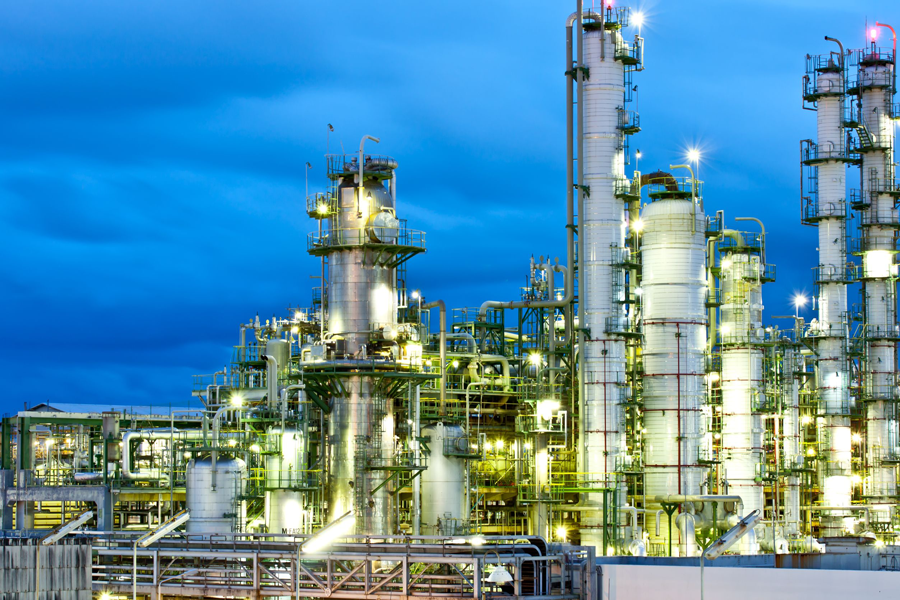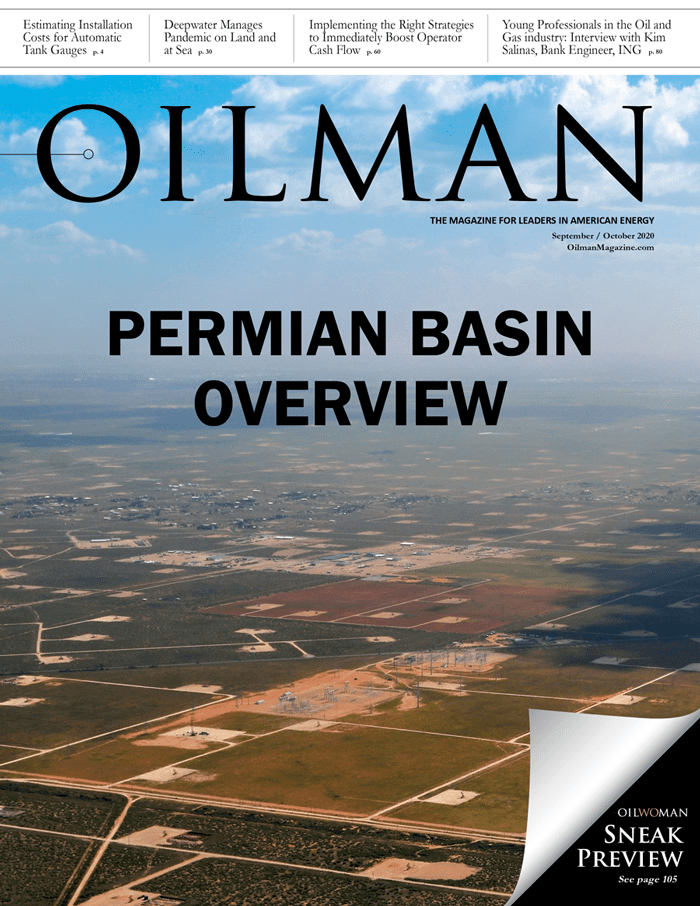Protecting your greatest assets – the people that make up your operation and the operation itself – are at the forefront of any company’s mind in the oil and gas industry. While much of a refinery’s commencement takes place in an office with very little immediate risk; once in operation, that becomes a different story.
Refineries are a risky business. Oil, gas, chemicals, etc. have to be precise when dealing with combustible gasses. Traditional lower explosive limit (LEL) sensors fall short because they are only calibrated to detect one gas. If there were only one threat, it would make things much simpler, but unfortunately that is not the case. There are many gas mixtures present and their detection is critical to safety and, in turn, a successful operation. Awareness is key and knowledge is power when running something of this capacity.
Line of Defense
To rectify this problem, Blackline Safety and NevadaNano have come together to drive combustible gas detection into the future with the Molecular Property Spectrometer (MPS) sensor.
Blackline Safety is a globally connected safety leader that provides wearable safety technology, personal and area gas monitoring, cloud-connected software and data analytics to meet demanding safety challenges and increase productivity of organizations in more than 100 countries. Its wearables provide a lifeline to tens of thousands of men and women, having reported over 100 billion data-points and initiated over five million emergency responses.
NevadaNano is the developer of the MPS gas-sensing products that use lab-on-a-chip chemical analysis structures to detect, identify and quantify chemicals in the air. These sensors provide information about the air to ensure safer working and living environments.
Transforming the way businesses monitor environments for unsafe levels of combustible gas, NevadaNano has capitalized on the latest advancements in MEMS technology and come up with the most significant innovation in over 40 years. Compared to traditional catalytic bead and non-dispersive infrared sensors, the MPS sensor provides users with unparalleled LEL measurement accuracy for a TrueLEL™ combustible gas reading in any environment. It is poison immune, meaning users can remove guess work from gas detection and are confident that workers are protected. The MPS sensor seamlessly integrates into companies’ current safety program, eliminating the need to re-train users currently familiar with traditional LEL gas sensors.
The MPS sensor is part of a standard four-gas configuration for the G7 wearable device with purchase and leasing options, both of which include the following:
- G7 device
- Cartridge with four-gas diffusion sensors including MPS
- System access including cellular connectivity
- Built-in location technology
- Cloud software
- Data storage
- Supervisor alerting via SOS latch
Blackline also offers a data analytics software called Blackline Analytics that enables businesses to leverage the data streamed from their connected G7 directly to the Cloud and transforms it into easy-to-understand maps, graphs and tables. This can be used to view what is most important to a business, including asset maintenance, usage, compliance status, alert, location history and more. A new Blackline Analytics MPS report is available to support an exclusive MPS sensor gas classification system that places identified gases into six different categories, including hydrogen. All gas readings and alerts are geo-tagged for visual and interactive reporting to identify if and where hazardous gas leaks may be taking place. Blackline also offers the following value-added services that can incorporate into G7:
- Emergency response management and 24/7 live monitoring
- Two-way voice calling
- Push-to-talk that adds walkie-talkie functionality with 100 channels of communication
Battery Capacity and Durability
The battery life of G7 with the MPS sensor is 18 hours of continuous operation and full cloud connectivity. Blackline’s new G7 powerpack, an external rechargeable battery accessory that clips to the back of any G7, extends battery life even further to a total of 36 hours. The extended battery life is useful in events such as shutdowns or turnarounds where gas detection is needed around the clock.
The MPS sensor uses robust micro-electro-mechanical systems (MEMS) technology, making it incredibly durable. The sensor leverages silicon in its design and is extremely low in mass. A built-in microprocessor uses signal processing to manage the MEMS and combine this information with currant environmental conditions from temperature, humidity and pressure sensors continuously. This means that the MPS sensor is not impacted by temperature, can operate in nearly all conditions, and provides a very stable output.
The MPS sensor features internal self-diagnostics and fail-safe design. If the MPS sensor fails for any reason, it will provide an error message through G7. However, while the sensor is factory calibrated, Blackline recommends performing a daily bump test of G7 to ensure that all sensors are operational, including MPS. Blackline recommends calibrating every six months to ensure your sensors are re-adjusted to read as accurately as possible.
The Cloud
Not everyone has migrated to the Cloud, but those that have are at an advantage. Offering efficiency, control, recovery, mobility and security, operating in the Cloud gives you a competitive edge. All G7 wearables include cloud connectivity at no additional cost. Every device, including those equipped with the MPS sensor, feature built-in cellular connectivity that enables automatic connection to the Blackline Safety Cloud right out of the box. All data is streamed to the Cloud automatically and seamlessly from the wearable device without burden or cost to the user. Data is accessible to users with a Blackline Analytics log-in from any Internet-connected device.
Pick Your Motto
Usually the motto is “Safety First;” now, it seems as though it has transitioned to “Stay Safe.” Whatever phrase works for a company, the fundamental message is clear: safety is an absolute priority when dealing with combustible gasses. When the evolution of protection reaches a point where it can detect gas mixtures as accurately as it does a single gas, eliminating false alarms with built-in environmental compensation, poison immunity, fail-safe design and a real-time conversion factor, you’ve got quite a machine.
Sarah Skinner is a graduate of Louisiana State University with a degree in English. She has been a technical writer and editor in the oil and gas industry for over ten years in Houston and in Louisiana. She currently works as a technical writer for a pre-cast concrete construction company in Louisiana that builds blast-proof buildings for petrochemical plants.







